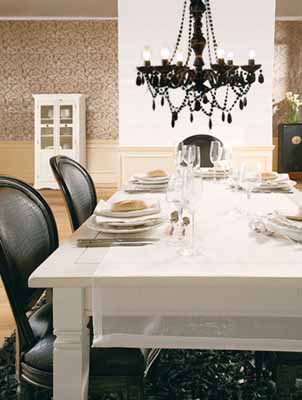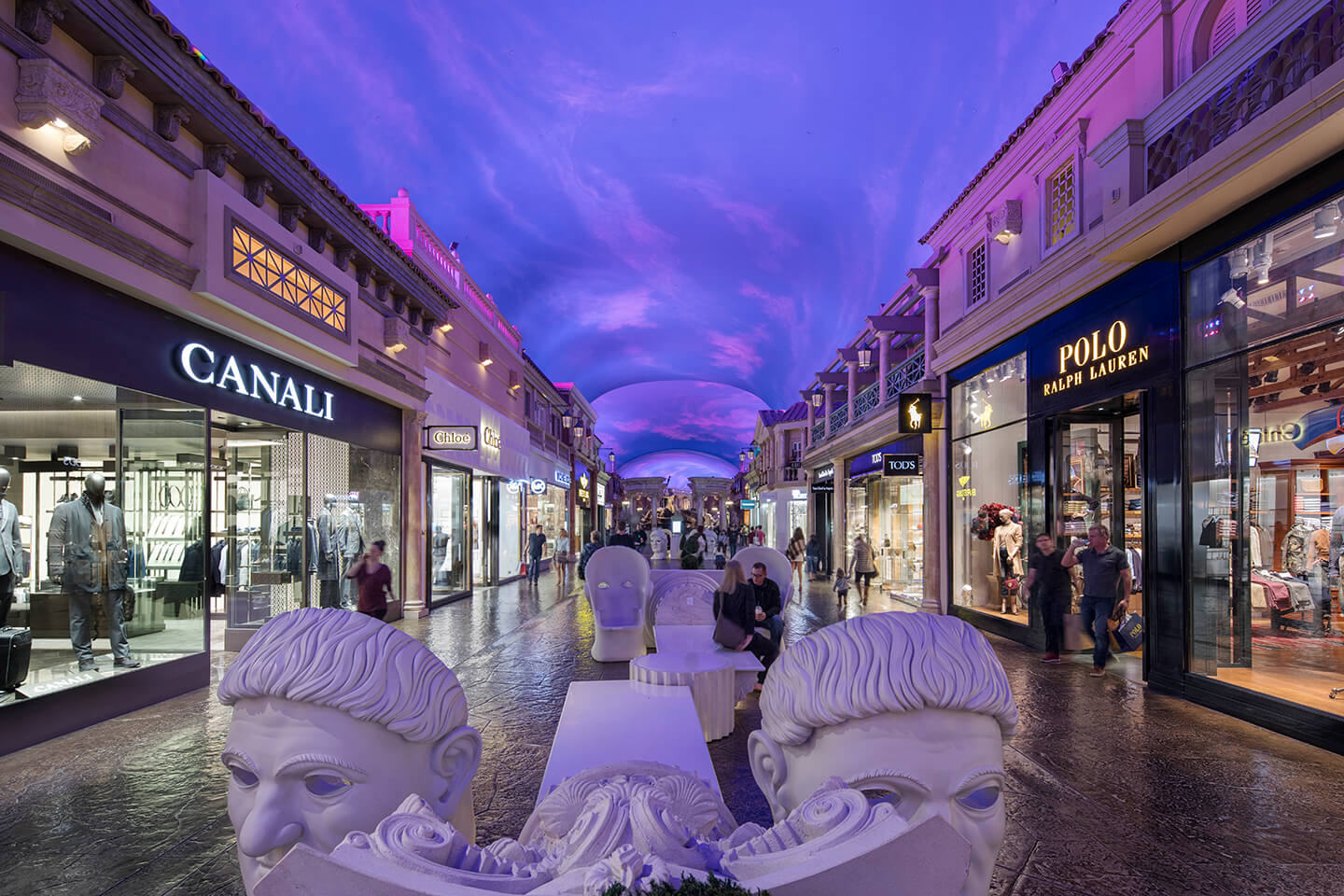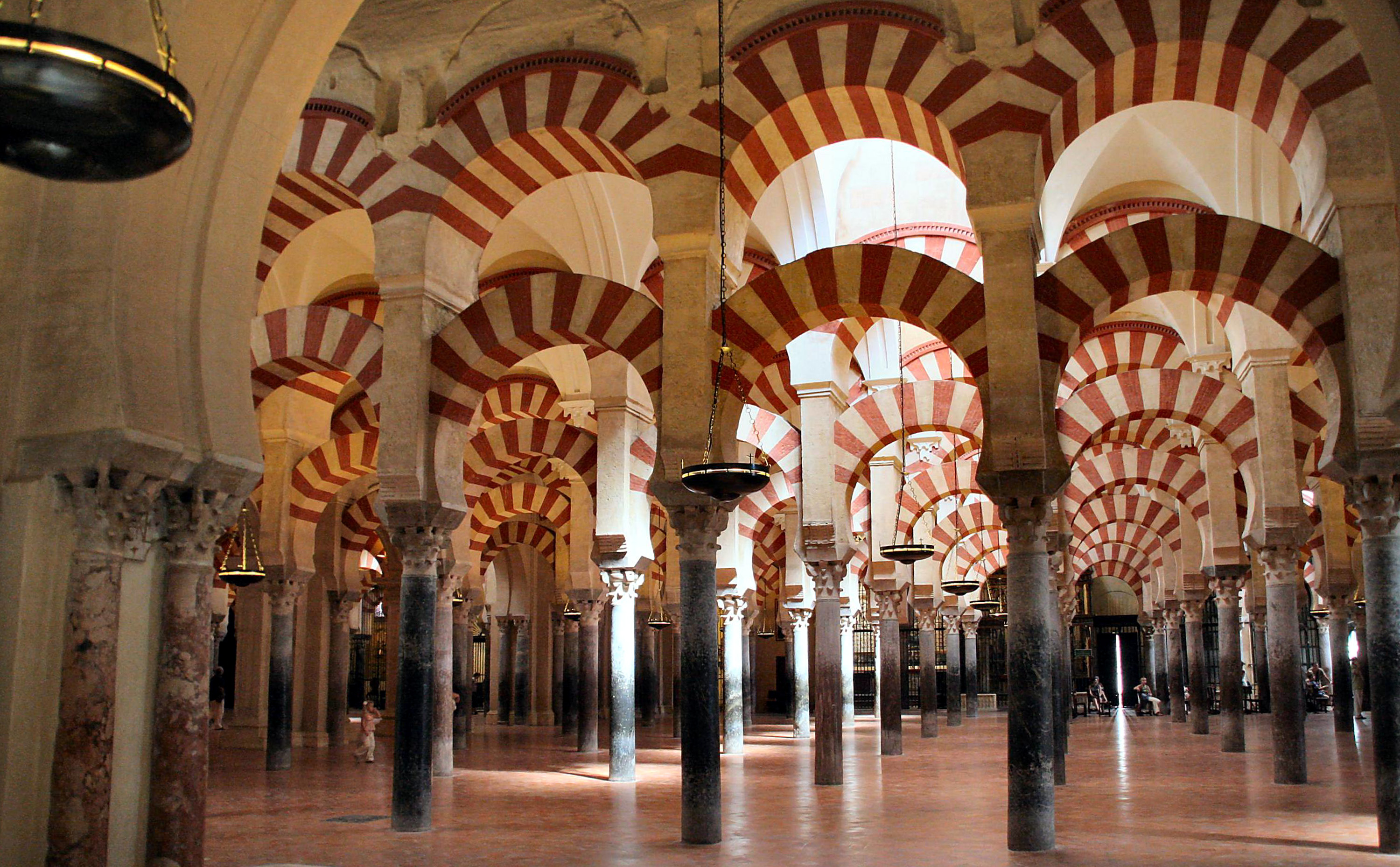Here is a short video of Gothic design in a nutshell! Enjoy!
https://www.youtube.com/watch?v=NsfL8KpM7Qs
Thursday, February 27, 2014
Wednesday, February 26, 2014
Gothic
The Gothic period was presented from 1140- 1500 and was inspired by the Romanesque Period. There were many historical events that began during this period such as the construction of the Cathedral of Notre Dame in Paris. Also, starting in 1337 the one hundred years war began between the French and the English. While this was all going on, design and architecture was still evolving. Gothic architecture was all about height and light. This is where stained glass played a key element for the Gothic Period. Pointed arches were introduced as you can see below in the Saint-Denis.

The Notre Dame of Paris is one of the most symbolic cathedrals of this time period. It consisted of the facade which is a thick, heavy wall with windows cut into it's depth. It also had two towers, three portals, arcading, voussoirs, found windows, and tympana. The portals were extravagant, arch entryways.


Another very important element to Gothic architecture was the flying buttress. The flying buttress was an all-glass or nearly all-glass curtain wall. They created a pier or support to prop the glass wall and to keep it from falling over time. This defined the creation of separating wall from structure.


As we might have all seen the movie the Hunchback of Notre Dame, gargoyles appeared in the era as well.




The Notre Dame of Paris is one of the most symbolic cathedrals of this time period. It consisted of the facade which is a thick, heavy wall with windows cut into it's depth. It also had two towers, three portals, arcading, voussoirs, found windows, and tympana. The portals were extravagant, arch entryways.
Another very important element to Gothic architecture was the flying buttress. The flying buttress was an all-glass or nearly all-glass curtain wall. They created a pier or support to prop the glass wall and to keep it from falling over time. This defined the creation of separating wall from structure.
As we might have all seen the movie the Hunchback of Notre Dame, gargoyles appeared in the era as well.
Current Applications


Others student's Blog
Looking at Emily N's blog I really like how she focused in on the arches of the cathedrals. They were very significant to this time period and were amazing to look at. I also liked her current applications she did a fantastic job.
In Flor's blog I liked how she talked about houses and furniture the Gothic Period instead of just talking about the cathedrals. The tapestries and canopies were a very good topic to point out. I also liked how she showed the different types of furniture that were inspired by the Gothic Period.
Sunday, February 23, 2014
Islamic

The Islamic period brought many new inspirations to the table such as the famous Taj Mahal. These new buildings were called mosques and were for worshipping like many of the architecture in previous periods. Arches and Domes were one of the greatest aspects of these new temples. Also, the great detail inside these domes were phenomenal and are very interesting to me.
Monday, February 17, 2014
Romanesque
Romanesque period mainly covered Italy and southern France and included many styles of the Roman period hence the name Romanesque. New changes were evolving when Emperor Charlemagne took power. He encouraged learning and the arts, preserved and copied Roman literature, established schools and monasteries, encouraged building through technology of Roman structures. There was a great religious movement which led to many churches being built. In fact, 1,587 churches were built during 1000 to 1100 century. Below are a couple of the famous churches that were built.
The interiors of the churches were lavished with golds, greens, purples, and blues. There were also rich tapestries that hung inside the churches as well. Art was another factor for religion. Murals,sculptures, mosaics, frescos, stained glass windows, and metal work were all being used in the form of art. 

| Pisa baptistery, Pisa, Italy; includes three free standing buildings made of marble |
| Fontenay Abbey, Burgundy, France |
| Inside the Fontenay Abbey gorgeous, structural arches |

Here are current applications with Romanesque inspirations.

 |
| Forum Shops, Caesar's Palace, Las Vegas, NV |

Other Student's Blog:
I looked at Dana's blog and Kristina's blog. In Dana's blog I liked how she talked about the Tabernicle and the mystery behind it. She also discussed the importance of the Pisa Baptistery. Looking into Kristina's post I liked how she discussed the importance of religion and the arts. Art was a big factor in the church. Also, it was very clever of her to incorporate Harry Potter's Hogwarts into her applications. She definitely was thinking outside of the box!
Subscribe to:
Comments (Atom)







